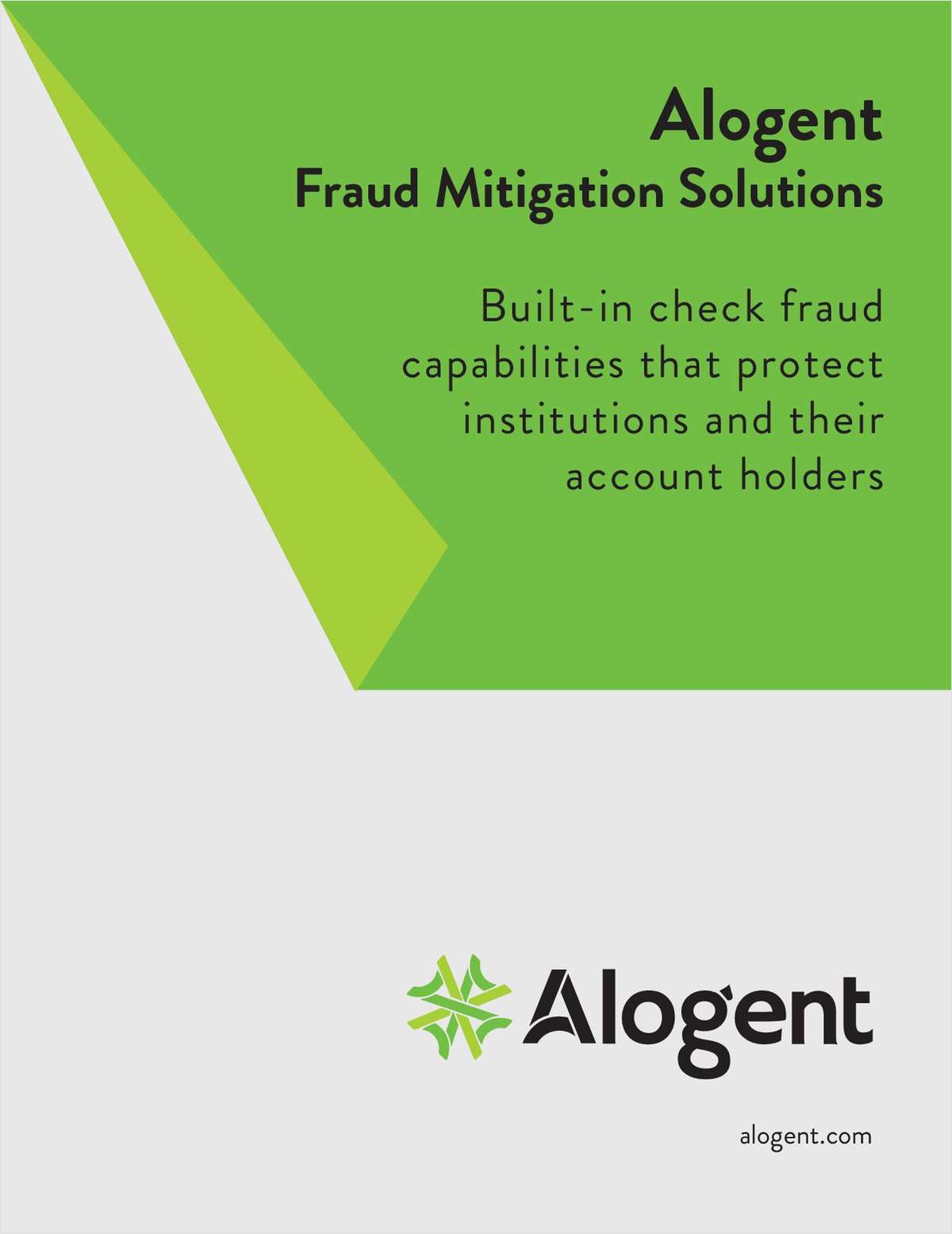LOS ANGELES – A Southern California cooperative radio advertising campaign aimed at educating consumers about credit unions is slated to begin airing again in March. The campaign, using the same commercials that aired last year, comes on the heels of CUNA's annual Governmental Affairs Conference in Washington, D.C. Just like the GAC, the commercials “are about advocacy,” insisted Teresa Y. Freeborn, senior vice president of marketing and communications for Kinecta Federal Credit Union and chairperson of the Southern California Cooperative Ad Program. “We go on the Hill and we make presentations to congressional representative and senators and their staffs,” she said. “But there's some really basic stuff missing. People don't even know what a credit union is, how we differ from a bank. They don't know that we're a better deal than a bank would be for them and for consumers and their constituents. “We see this as a real critical part of the advocacy role,” she said of the commercials. “Maybe that's the problem. We call it marketing, not advocacy.” The four 60-second spots, use mythical creatures – the Loch Ness monster, a leprechaun, an alien from outer space and Bigfoot – to try to dispel myths about credit unions. The ads note that anyone can join a credit union, that credit unions have a large network of ATMs and that they offer a wide range of products and services. The ads advise listeners to check the Web site at www.findacreditunion.org to learn more. The spots will be heard every other week on radio stations in Los Angeles, Orange, San Bernardino, Riverside and Ventura counties. The ads, aimed at a 25-54 age demographic, will be aired through mid-July, Freeborn said. The media buy was approximately $750,000. There were no production costs since the ads were created last year. The 2003 campaign ran $1 million and included outdoor billboards. Outdoor advertising was scrapped this year because it was not as effective as the radio spots, Freeborn said. Some 30 Southern California credit unions voluntarily contributed to the current campaign. The funding formula, revised his year, was designed to attract more participation especially from smaller credit unions, Freeborn said. Freeborn lamented the fact that with so many credit unions in Southern California, so few had signed on to the program. “What is unfortunate is that we don't have more people at the table,” she said. “If we had more people at the table, then we'd all pay a little bit less and we'd probably all get more bang for the dollar. Those that don't participate financially still enjoy benefits of it anyway because it (each ad) is generic. It speaks to image and awareness of credit unions.” Freeborn said she would like to see the ad campaign expanded to a year-round program and that contributions be mandatory. She also said she would like to see it go statewide, something the California Credit Union League attempted in the past. That effort failed to garner enough support. “This is our business,” Freeborn said. “If we want to have this business in the future, then we have to pay attention to the research. And the research tells us that people just don't know that they can join a credit union. The research tells us people don't know we have as many ATMs as banks do, in fact more. People don't know we offer all of the products and services a bank does. And all of that with superior service levels. “Who's going to tell them that?” she asked. “You think you can do that with your own limited budget at your credit union? You're wrong. You can't. I'm here to tell you that you can't.” Freeborn said some credit unions balked at participating because they didn't want to pay when others basically got a free ride. “It puts us in a heck of a bind because we don't have the authority to tax anyone for this,” she said. “This is a cooperative effort, strictly voluntary.” Other credit unions said they felt they could do better spending their marketing dollars promoting their own specific programs, she reported. Freeborn, however, said the two campaigns were entirely different and shouldn't be viewed as “one or the other.” The co-op ads are designed to improve the image and awareness of credit unions. If that message can get through, she said, credit unions can spend more time advertising their own specific benefits, products and services and rates, rather than having to explain the credit union difference. “I don't mix the two up,” Freeborn said. “What I have to do though, is because there isn't enough image and awareness of credit unions that is positive, every time I run a radio ad I have to spend a good one-third of my ad explaining what a credit union is. “If you're in business, you've got to be part of some joint effort to improve image and awareness of the whole industry,” she added. “Then you've got to do your own advertising.” -
Complete your profile to continue reading and get FREE access to CUTimes.com, part of your ALM digital membership.
Your access to unlimited CUTimes.com content isn’t changing.
Once you are an ALM digital member, you’ll receive:
- Breaking credit union news and analysis, on-site and via our newsletters and custom alerts
- Weekly Shared Accounts podcast featuring exclusive interviews with industry leaders
- Educational webcasts, white papers, and ebooks from industry thought leaders
- Critical coverage of the commercial real estate and financial advisory markets on our other ALM sites, GlobeSt.com and ThinkAdvisor.com
Already have an account? Sign In Now
© 2024 ALM Global, LLC, All Rights Reserved. Request academic re-use from www.copyright.com. All other uses, submit a request to [email protected]. For more information visit Asset & Logo Licensing.









